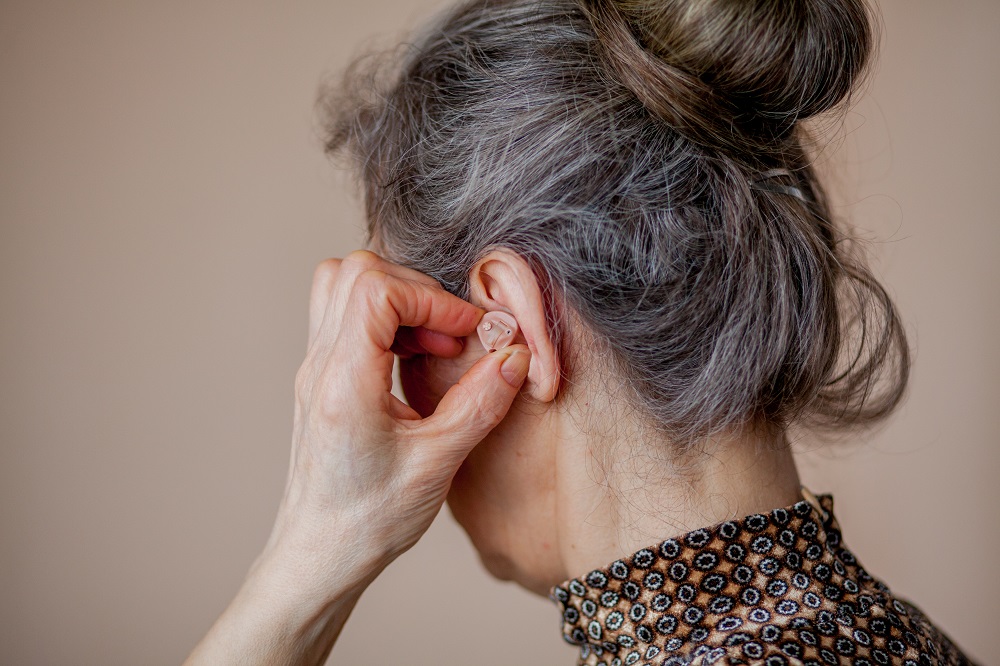If you think hearing aids are just some devices that will make you hear louder, think again. Today’s hearing aids are compact technologically advanced communication devices that make various sounds understandable. The device also filters out background noise and improves speech comprehension. If the person suffers from hearing loss, hearing aids can take some effort off the brain and make listening easier.
Parts of hearing aids:
All hearing aids include five basic components:- Microphone
- Amplifier
- Speaker
- Battery
- Computer processor
Note: A Hearing Care Professional will program the computer chip to ensure your hearing aids work according to the level of hearing loss and individual needs.
So how do hearing aids work?
- Microphones pick up nearby sounds
- Then the sounds are analyzed and adjusted by the processing chip customized to your type of hearing loss
- The Processed sounds are then sent to the amplifier
- The amplified sound is then sent to your speaker
- The speaker transmits sounds into the inner ear through a thin wire that goes to a receiver in the ear
- These sounds are then transformed into electrical impulses in the inner ear
- The brain picks up these electrical impulses and processes them into sounds.
Modern-age hearing aids offer advanced options to keep you connected on the go. Connect your hearing aids via Bluetooth to your mobile phone and you can then control your devices, stream music and even television.
How to decide which is the right hearing aid for you?
A hearing professional will check your hearing and recommend a hearing aid pair according to your needs. Remember - hearing aids can’t completely restore normal hearing, but they can absolutely improve your ability to hear in otherwise difficult situations.
How to care for your hearing aids?
Like all things, proper maintenance and care will extend the life of your hearing aid. Some of the tips are as follows:
- Keep them away from heat and moisture.
- Clean your ears often so that dirt and earwax don’t accumulate in the hearing aids. Clean the hearing aids regularly as well, as instructed by your hearing professional.
- When not in use, turn the aids off.
- Replace dead batteries immediately.
- Avoid using hair products while you are wearing hearing aids.
Are you looking for help with hearing loss?
We know that hearing loss can be a difficult and frustrating experience for those who suffer from it. It can affect your social and professional life.
At Sky Medical we offer solutions that will enhance hearing for you or your loved ones. We have an extensive range of products to help you achieve the best possible results.


